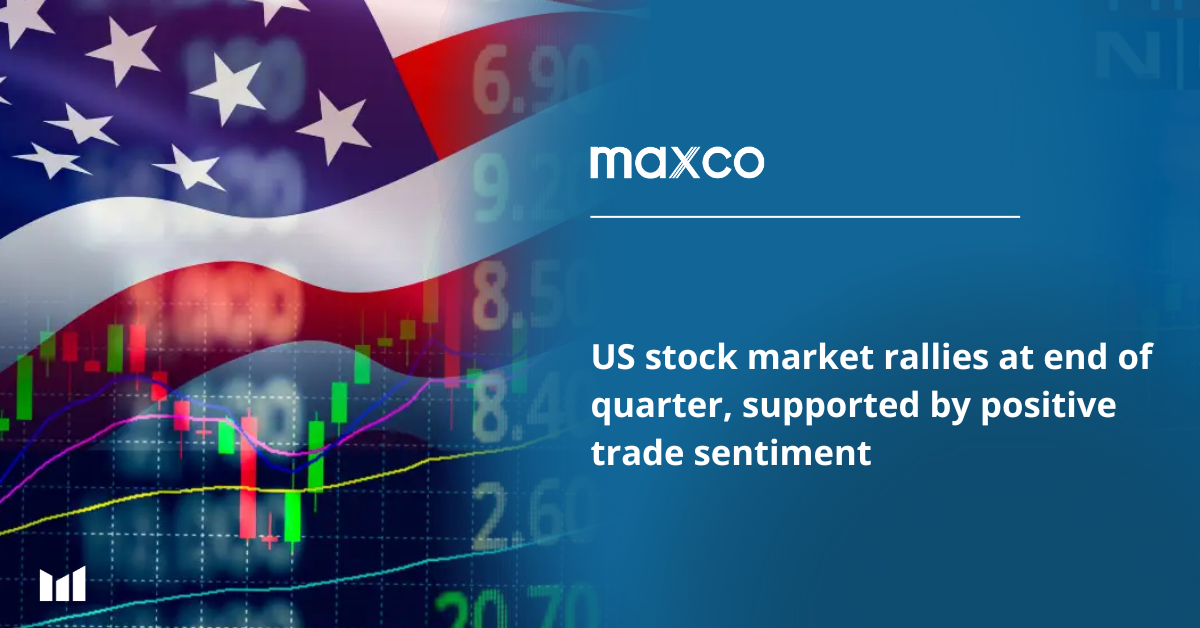
The three key US indices – S&P 500, Dow Jones and Nasdaq 100 – all recorded gains of more than 0.5%, with the S&P 500 and Nasdaq hitting fresh record highs. These gains came amid hopes for progress in trade negotiations ahead of President Trump’s July 9 deadline. Several countries such as China, the European Union, Canada, India and Japan have shown positive steps in trade talks with the US.
Falling bond yields also provided support to the stock market. Weaker-than-expected US economic reports, such as the Chicago manufacturing index and Dallas manufacturing survey, increased speculation that the Fed could cut interest rates soon. The yield on 10-year bonds fell to an eight-week low of 4.22%.
Meanwhile, the US dollar index fell to more than three-year lows after concerns were raised about the growing US fiscal deficit, following CBO projections that the Republican reconciliation bill could add up to $3.3 trillion in deficits over the next decade.
Merger and acquisition activity also provided positive sentiment. Home Depot acquired GMS Inc. for $4.3 billion, and AbbVie bought Capstan Therapeutics for $2.1 billion. Investor sentiment was also supported by better-than-expected Chinese economic data.
However, concerns are starting to emerge ahead of the earnings season which kicks off next week. Projected second-quarter S&P 500 corporate earnings growth is only 2.8% – the smallest increase in two years, with only six of eleven sectors expected to post growth.
Throughout the shorter week courtesy of the US national holiday, markets will monitor continued news on trade, taxes, and key economic data, including employment reports from ADP and nonfarm payrolls.
The bond market recorded a strong rally due to buying interest from fund managers at the end of the month and quarter. Statements from US Treasury Secretary Bessent that eased concerns of long-term bond issuance also helped to pressure yields further.
In Europe, stock markets trended lower while German economic data disappointed. The ECB Vice President raised concerns about the stagnation of the Eurozone economy due to global uncertainties.
US banking stocks rallied after passing the Fed’s annual stress test. Goldman Sachs shares led the Dow Jones gains. In addition, a number of issuers such as Hewlett-Packard Enterprise, Juniper Networks, and Oracle surged on positive corporate news and upgrades from analysts. On the other hand, energy sector stocks were pressured by weak oil prices, and some companies such as Lamb Weston and Fortive declined due to internal factors.


